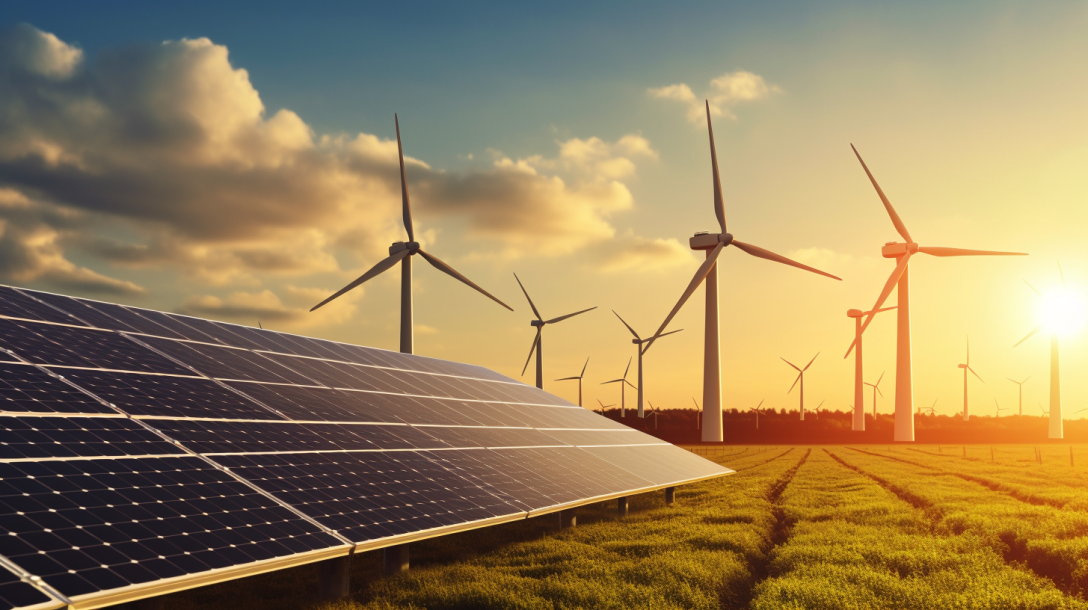Recent Advances and Crucial Developments in Renewable Energy

The Dawn of a New Era: Recent Advances in Photovoltaics
Photovoltaics, the direct conversion of light into electricity, has been at the forefront of renewable energy research for decades. Recent years have seen significant advancements in this field, propelling us closer to a sustainable future.
One of the most exciting developments is the advent of perovskite solar cells. These cells, made from a class of materials with a specific crystal structure, have shown great promise due to their high efficiency and low production costs. Recent research has pushed the efficiency of perovskite cells to over 25%, a figure that rivals traditional silicon cells.
In addition, the field of photovoltaics has seen a surge in the development of multi-junction solar cells. These cells utilize multiple layers of different materials, each designed to absorb a specific range of the solar spectrum, thereby significantly increasing their overall efficiency.
Powering the Future: The Crucial Role of Energy Storage
While the advancements in photovoltaics are indeed promising, the intermittent nature of solar energy necessitates the development of efficient and reliable energy storage systems. This is where batteries and other storage technologies come into play.
Lithium-ion batteries have long been the go-to solution for energy storage. However, recent advancements have seen the rise of new technologies such as solid-state batteries, which offer increased energy density and safety.
Beyond batteries, other storage methods are also gaining traction. For instance, pumped hydro storage, where excess energy is used to pump water uphill into reservoirs, and then released to generate electricity when needed.
Hydrogen storage is another promising technology, where surplus renewable energy is used to produce hydrogen through electrolysis, which can then be stored and used to generate electricity when required. However, it’s important to note that the production of hydrogen is currently quite inefficient, and storing it presents its own set of challenges due to its low density and high flammability.
The Transitional Role of Nuclear Energy
As we transition from fossil fuels to renewable energy sources, nuclear energy presents a viable and necessary bridge. Nuclear power plants produce a significant amount of energy without the carbon emissions associated with fossil fuels.
While nuclear energy does come with its own set of challenges, such as waste disposal and the potential for catastrophic accidents, advancements in technology are making it safer and more efficient. For instance, the development of small modular reactors (SMRs) and the research into fusion power hold promise for the future of nuclear energy.
Building a Smarter Grid: The Necessity for Change
The transition to renewable energy is not just about generating cleaner power; it’s also about how we distribute and use that power. This is where the concept of a smarter grid comes into play.
A smart grid is an electricity network that uses digital technology to monitor and manage the transport of electricity from all generation sources to meet the varying electricity demands of end users. Smart grids co-ordinate the needs and capabilities of all generators, grid operators, end-users, and electricity market stakeholders to operate all parts of the system as efficiently as possible, minimizing costs and environmental impacts while maximizing system reliability, resilience, and stability.
In conclusion, the future of renewable energy is bright. With advancements in photovoltaics, the development of efficient storage methods, the transitional role of nuclear energy, and the move towards smarter grids, we are well on our way to a sustainable future. However, the journey is far from over. Continued research, investment, and public support are crucial to fully realizing the potential of renewable energy.